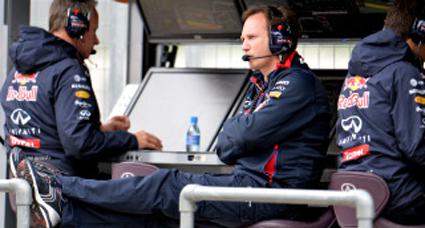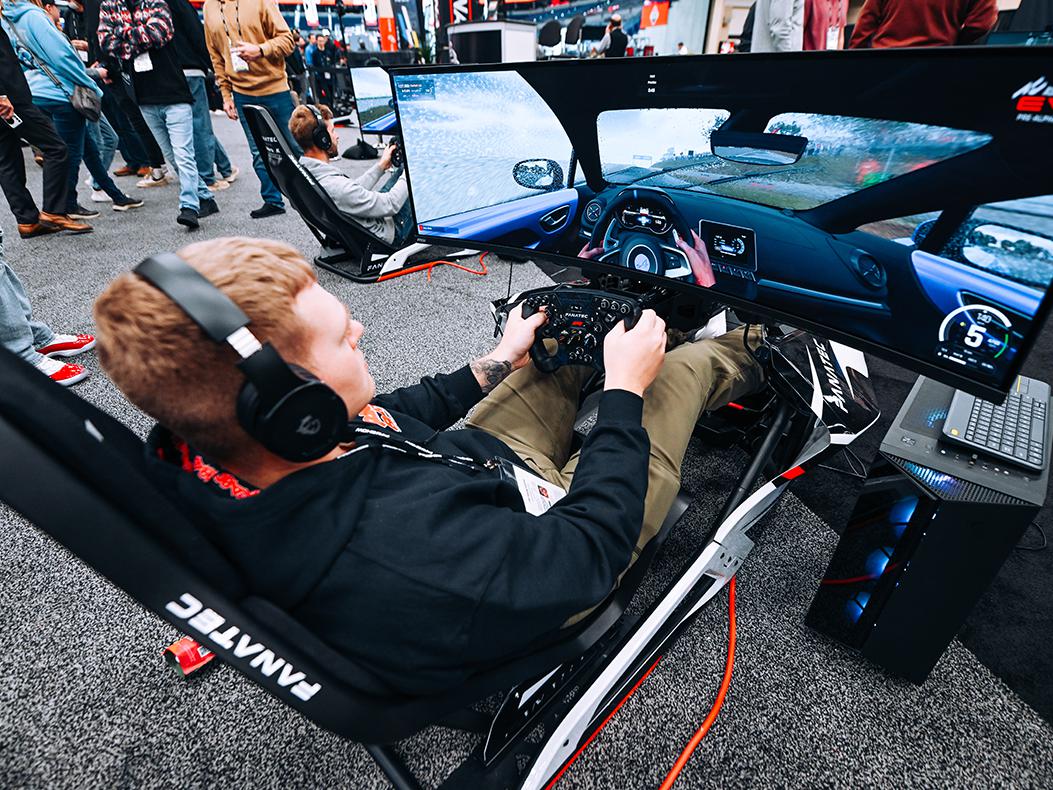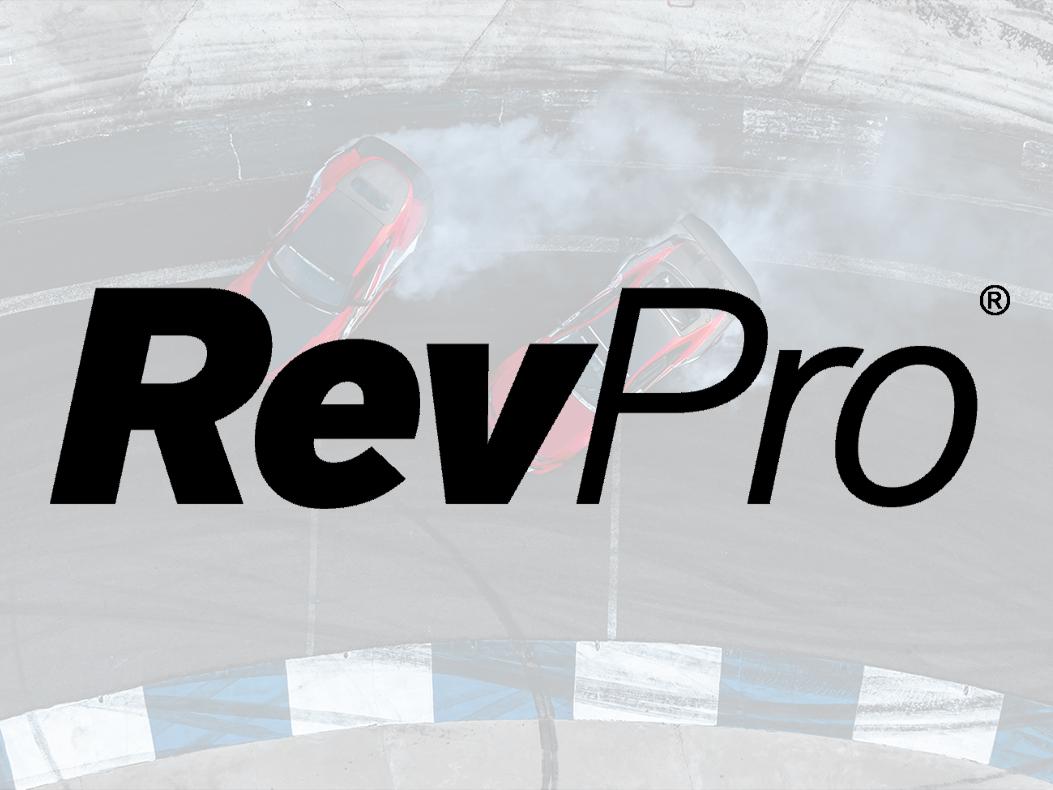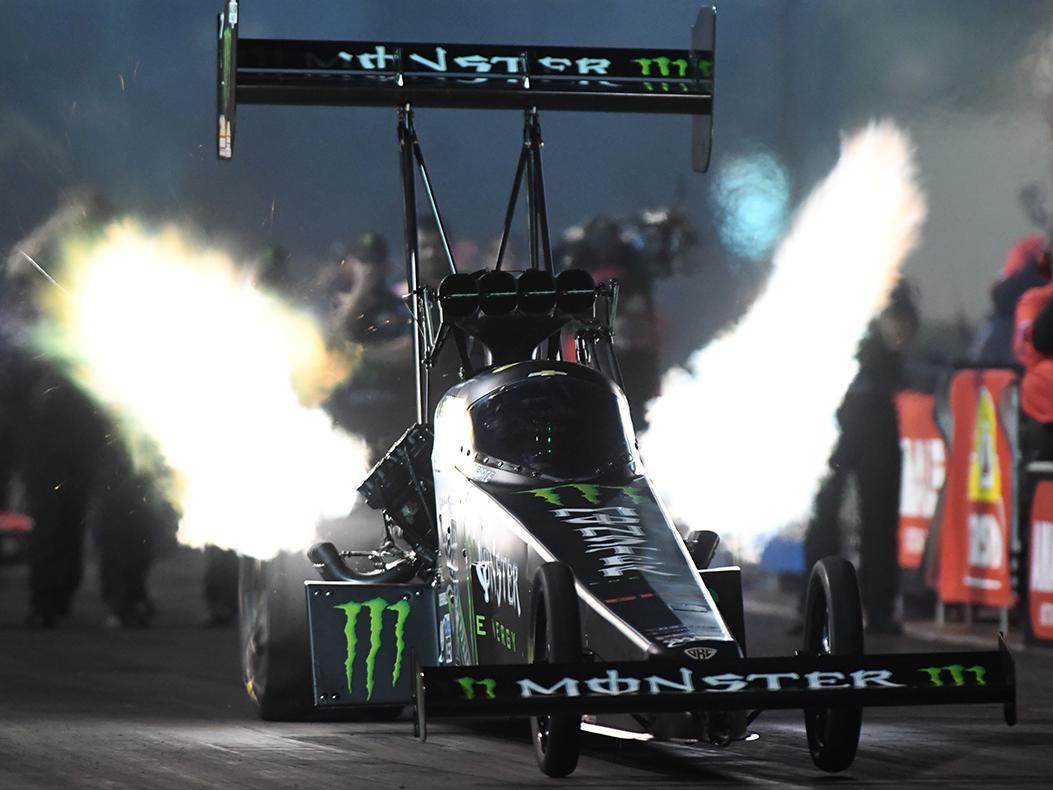FIA Clarifies New F1 Team Radio Restrictions
Image

Formula One teams have now been given a list of radio transmissions that are acceptable and not acceptable after the FIA announced a technical directive to limit in-car instructions to the drivers from the pits.
The directive seemingly revolves around Article 20.1 of the FIA’s sporting regulations that stipulates “the driver must drive the car alone and unaided.”
However, the directive was met with mixed reactions, with Mercedes boss Toto Wolff in particular stating that everyone needed “further clarification as to how much the essential on-track procedures will be affected – particularly before the start of the race.”
Now, it appears Wolff and the rest of the paddock have that clarification.
Per the FIA, messages that are now banned across both radio and pit board include information on a competitor’s sector times, the level of fuel saving needed, coded messages, and the answering of a direct technical question from drivers.
Other messages like information on tire pressures/temperatures and brake wear/temperatures will be prohibited from the Japanese Grand Prix onward to give teams time to adapt to these new rules.
Here’s the full list:
Message types allowed
– Acknowledgement that a driver message has been heard.
– Lap or sector time detail. – Lap time detail of a competitor.
– Gaps to a competitor during a practice session or race.
– “Push hard”, “push now”, “you will be racing xx” or similar.
– Helping with warning of traffic during a practice session or race.
– Giving the gaps between cars in qualifying so as to better position the car for a clear lap.
– Puncture warning.
– Tire choice at the next pit stop.
– Number of laps a competitor has done on a set of tires during a race.
– Tire specification of a competitor.
– Indication of a potential problem with a competitor’s car during a race.
– Information concerning a competitors likely race strategy.
– Yellow flags, blue flags, Safety Car deployment or other cautions.
Message types not allowed
– Sector time detail of a competitor and where a competitor is faster or slower.
– Adjustment of power unit settings.
– Adjustment of power unit setting to de-rate the systems.
– Adjustment of gearbox settings.
– Learning of gears of the gearbox (will only be enforced from the Japanese Grand Prix onwards).
– Balancing the SOC [state-of-charge of batteries] or adjusting for performance.
– Information on fuel flow settings (except if requested to do so by race control).
– Information on level of fuel saving needed.
– Information on tire pressures or temperatures (will only be enforced from the Japanese Grand Prix onwards).
– Information on differential settings.
– Start maps related to clutch position, for race start and pit stops.
– Information on clutch maps or settings, e.g. bite point.
– Burn-outs prior to race starts.
– Information on brake balance or BBW (brake-by-wire) settings.
– Warning on brake wear or temperatures (will only be enforced from the Japanese Grand Prix onwards).
– Selection of driver default settings (other than in the case of a clearly identified problem with the car).
– Answering a direct question from a driver, e.g. “Am I using the right torque map”?
– Any message that appears to be coded.
The directive seemingly revolves around Article 20.1 of the FIA’s sporting regulations that stipulates “the driver must drive the car alone and unaided.”
However, the directive was met with mixed reactions, with Mercedes boss Toto Wolff in particular stating that everyone needed “further clarification as to how much the essential on-track procedures will be affected – particularly before the start of the race.”
Now, it appears Wolff and the rest of the paddock have that clarification.
Per the FIA, messages that are now banned across both radio and pit board include information on a competitor’s sector times, the level of fuel saving needed, coded messages, and the answering of a direct technical question from drivers.
Other messages like information on tire pressures/temperatures and brake wear/temperatures will be prohibited from the Japanese Grand Prix onward to give teams time to adapt to these new rules.
Here’s the full list:
Message types allowed
– Acknowledgement that a driver message has been heard.
– Lap or sector time detail. – Lap time detail of a competitor.
– Gaps to a competitor during a practice session or race.
– “Push hard”, “push now”, “you will be racing xx” or similar.
– Helping with warning of traffic during a practice session or race.
– Giving the gaps between cars in qualifying so as to better position the car for a clear lap.
– Puncture warning.
– Tire choice at the next pit stop.
– Number of laps a competitor has done on a set of tires during a race.
– Tire specification of a competitor.
– Indication of a potential problem with a competitor’s car during a race.
– Information concerning a competitors likely race strategy.
– Yellow flags, blue flags, Safety Car deployment or other cautions.
Message types not allowed
– Sector time detail of a competitor and where a competitor is faster or slower.
– Adjustment of power unit settings.
– Adjustment of power unit setting to de-rate the systems.
– Adjustment of gearbox settings.
– Learning of gears of the gearbox (will only be enforced from the Japanese Grand Prix onwards).
– Balancing the SOC [state-of-charge of batteries] or adjusting for performance.
– Information on fuel flow settings (except if requested to do so by race control).
– Information on level of fuel saving needed.
– Information on tire pressures or temperatures (will only be enforced from the Japanese Grand Prix onwards).
– Information on differential settings.
– Start maps related to clutch position, for race start and pit stops.
– Information on clutch maps or settings, e.g. bite point.
– Burn-outs prior to race starts.
– Information on brake balance or BBW (brake-by-wire) settings.
– Warning on brake wear or temperatures (will only be enforced from the Japanese Grand Prix onwards).
– Selection of driver default settings (other than in the case of a clearly identified problem with the car).
– Answering a direct question from a driver, e.g. “Am I using the right torque map”?
– Any message that appears to be coded.
 MEMBERSHIP LOGIN
MEMBERSHIP LOGIN JOIN PRI
JOIN PRI


